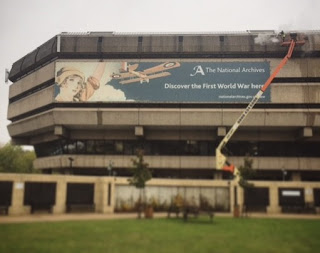Here at the History Centre we thought we would join in and take this opportunity to give you a taster of some of our fiction books. Yes, we do have fiction as well as our vast array of books on the local area!
The scope of our collection extends to books set in Hull and the surrounding area, and covering all aspects of life. Whilst reading a good novel is always enjoyable, don’t you find you can engage with a book more if you can directly relate to either the subject matter or the setting? Lots of our fiction books use local figures, stories and street names, and evoke intriguing images of Hull in print.
Our collection ranges from 1813 to the present day, with a good many books from the 19th century. Just some of the topics covered include morality and justice, crime, historical mystery, and family sagas.
Some of our authors are already well known and loved in Hull...
Daphne Glazer, born in Sheffield, was long ago adopted by the people of Hull as their own. Many of her stories have been set in Hull, like 'Goodbye Hessle Road' and 'Three Women'.
Winifred Holtby is another local literary celebrity you've probably heard of. She was responsible for 'South Riding' which has been made made into a TV series on two separate occasions. However, there are some other titles by Holtby you might like to try. 'Anderby Wold', for example, and 'The Crowded Street', which was allegedly based on Cottingham.
Then of course we have Val Wood, nationally famous author within the 'family saga' genre. Very popular with our regular users, Wood's books include 'The Door Step Girls', 'Rich Girl, Poor Girl', and her latest book 'No Place for a Woman' which begins in 1897 and is mostly set during WWI.
As for the less well known local authors within our collection, you will have to join us again next week for part 2 of this blog to find out more. In the mean time you can explore our titles for yourself, by searching the History Centre Catalogue under the reference L.823. And happy reading!
Elaine Moll, Librarian and Archivist















